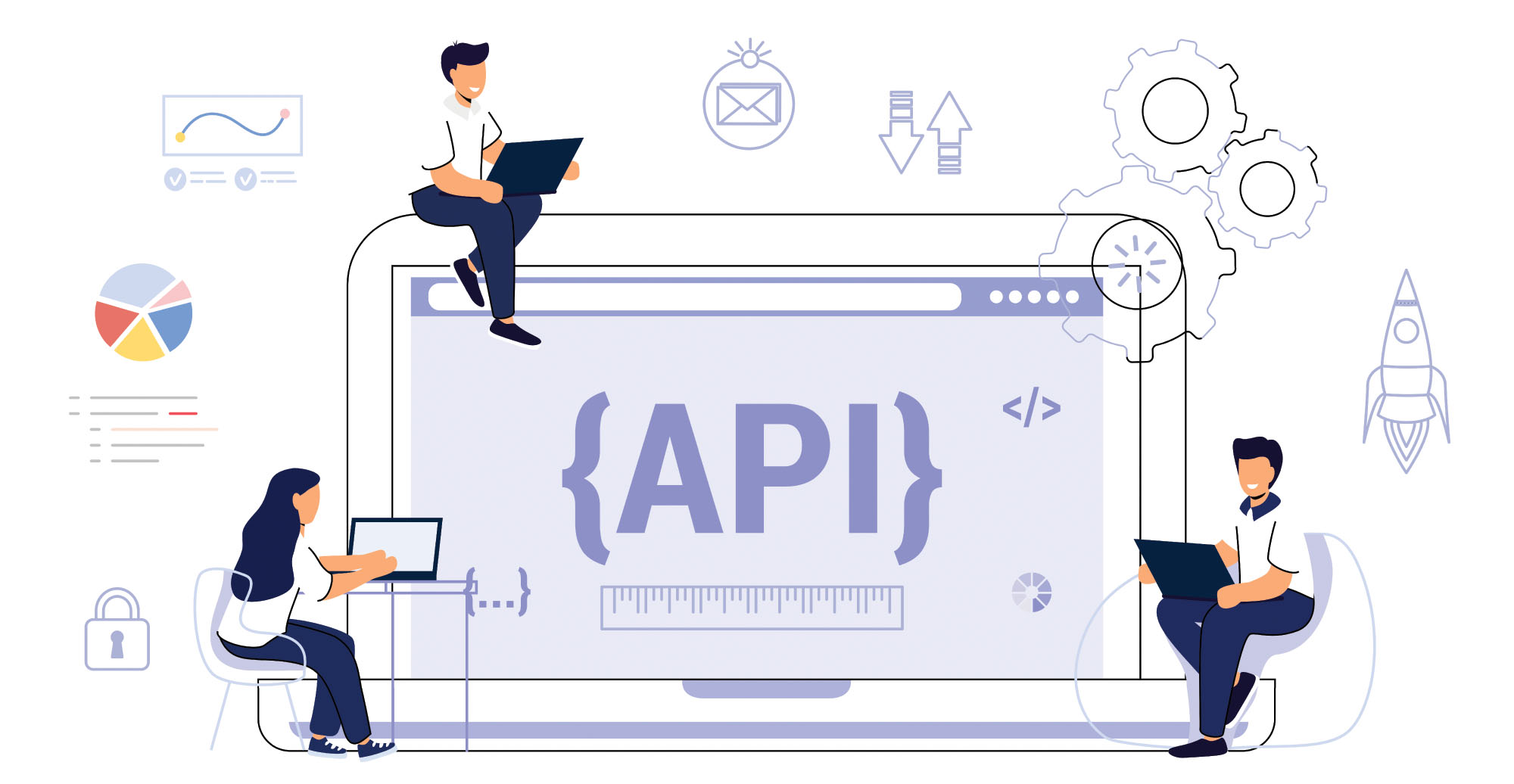
Introduction
After your API is up and running, the next step is to integrate it with other systems. This could mean other services in your architecture or third-party applications. This chapter discusses the different approaches to API integration and the challenges that may arise.
Approaches to API Integration
Direct Integration
In this approach, the client application makes API calls directly to the service provider. This is the most straightforward form of integration but can become cumbersome as the number of services increases.
API Gateway
An API Gateway acts as a single point of entry for all API calls from client applications. This approach simplifies the client-side logic and centralizes the management of APIs.
Microservices Architecture
In a microservices setup, each service is designed to be loosely coupled and independently deployable. APIs serve as the glue that allows these services to communicate and interact.
Serverless Architecture
In serverless architectures, cloud providers dynamically manage the server resources. Here, APIs often trigger functions that execute code in response to certain events.
Challenges in API Integration
Versioning Issues
When an API is updated, it can introduce breaking changes that affect existing integrations. Proper versioning and documentation can mitigate these issues.
Rate Limiting
Most APIs have some form of rate limiting to prevent abuse. This can be a challenge when integrating systems that require high-frequency data exchanges.
Data Mapping
Different systems often use different data structures, requiring mapping or transformation logic to reconcile discrepancies.
Security Concerns
Ensuring secure communication between integrated systems is crucial. Encryption, authentication, and authorization mechanisms must be in place to protect sensitive data.
Error Handling
A well-designed API should have robust error-handling mechanisms to manage and report issues, helping developers quickly identify and fix problems.
Best Practices for Integration
- Testing: Rigorous testing ensures that the integration works as expected under different scenarios.
- Monitoring: Use tools to monitor API performance, error rates, and other metrics.
- Logging and Auditing: Keep comprehensive logs for debugging and auditing purposes.
Conclusion
API integration is a crucial part of the API lifecycle, requiring careful consideration of various approaches and potential challenges. By understanding these elements and employing best practices, you can ensure a smoother integration process that adds value to your application ecosystem.








